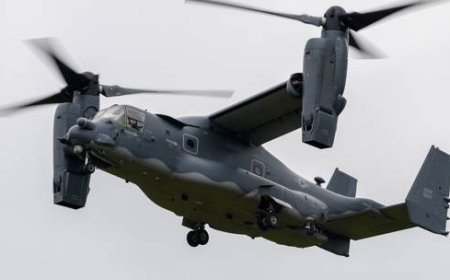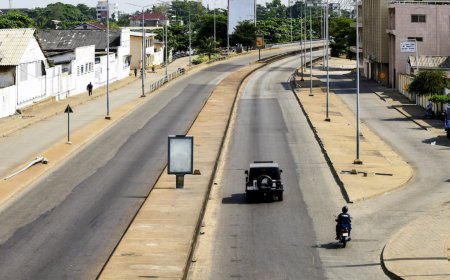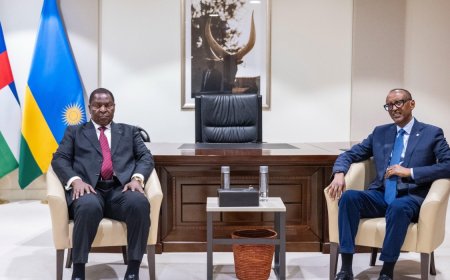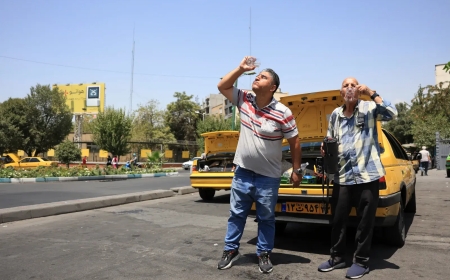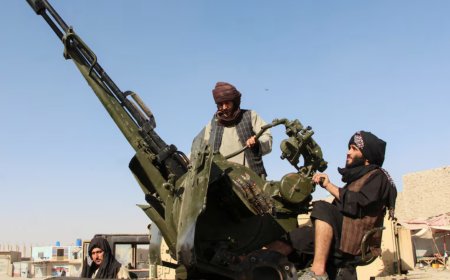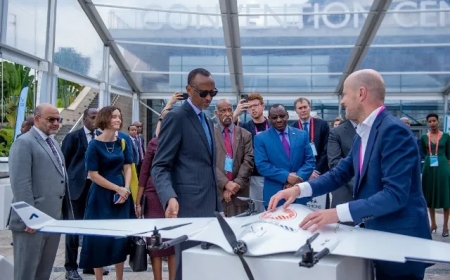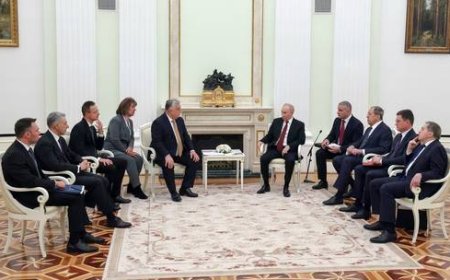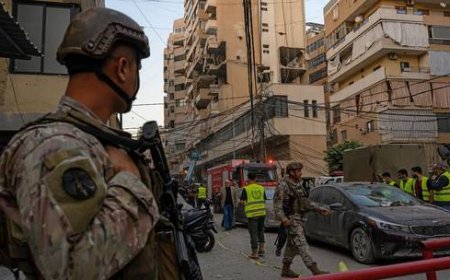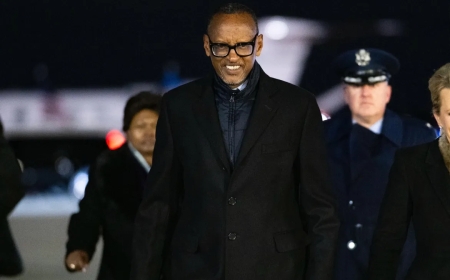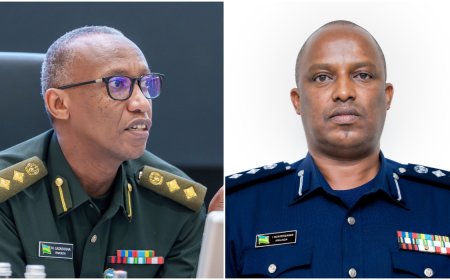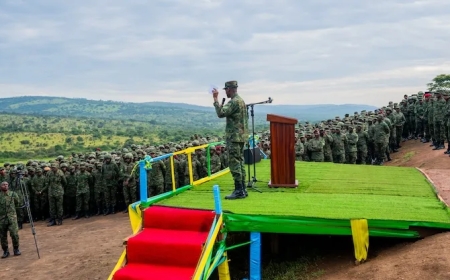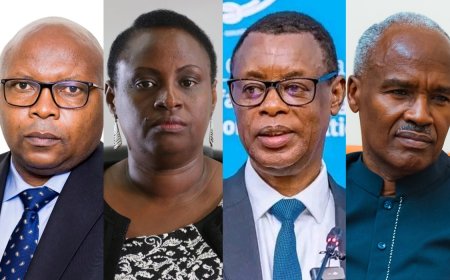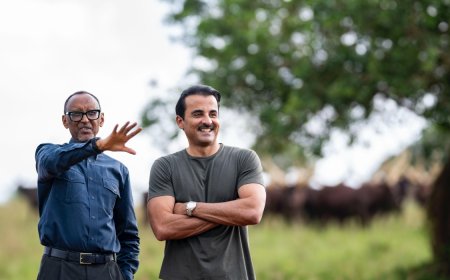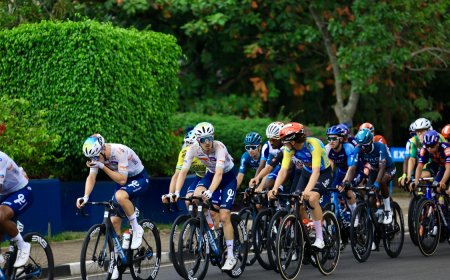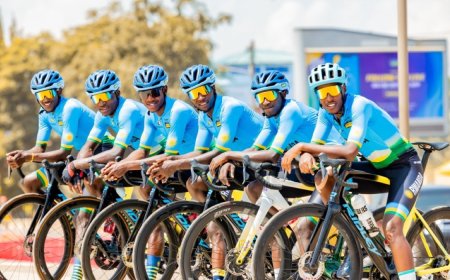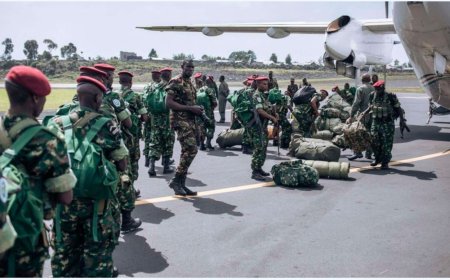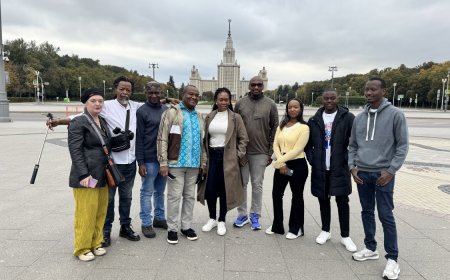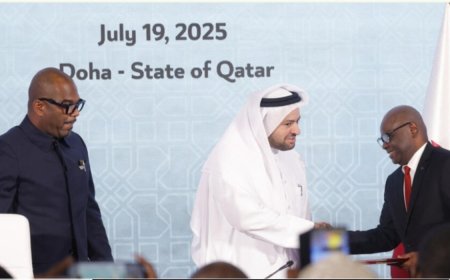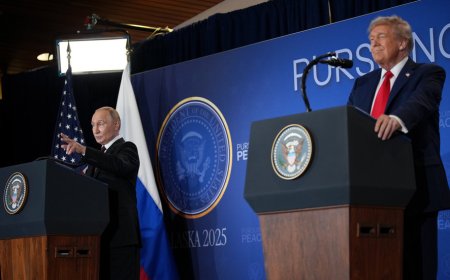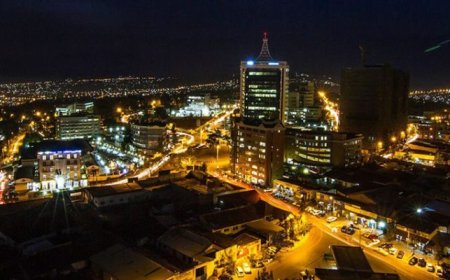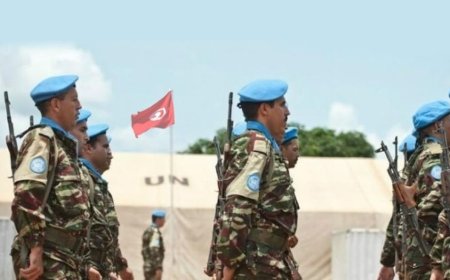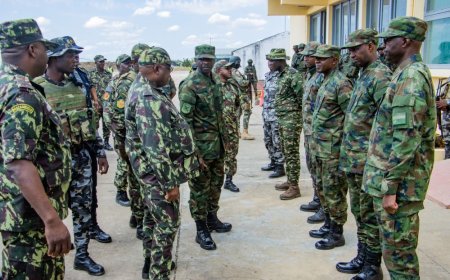Inside nine-point plan to unlock Africa’s aviation integration
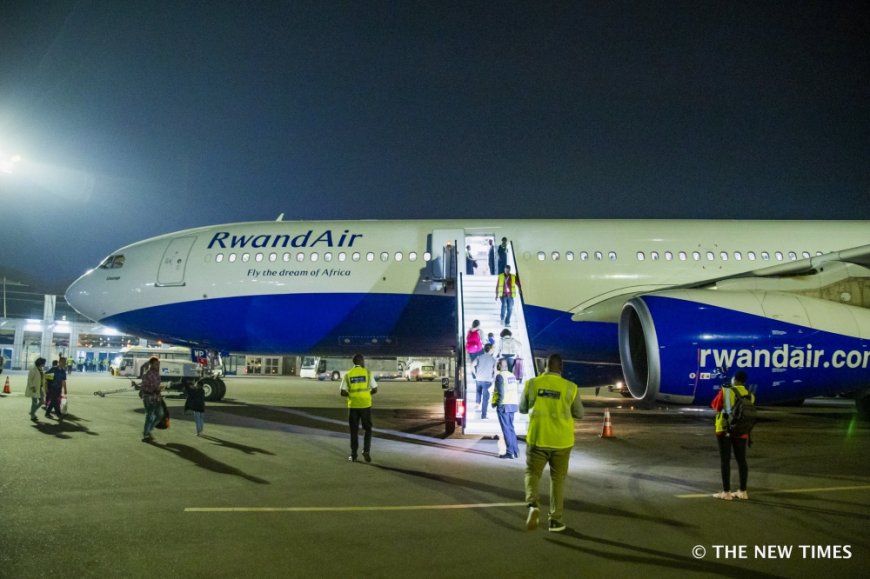
African ministers in charge of transport and civil aviation, along with directors general of civil aviation authorities, have adopted the Kigali Communiqué on the acceleration of the Single African Air Transport Market (SAATM).
The aim is to reaffirm and mobilise political will to fast-track the initiative’s implementation, liberalise Africa’s air transport market, boost connectivity, and drive socio-economic development.
The communiqué was adopted at the closure of the 2025 Aviation Africa Summit , which was held in Kigali, Rwanda.
The communiqué sets out a nine-point action plan aimed at unlocking the potential of the Yamoussoukro Decision (YD) and fully implement SAATM – a flagship project under the African Union’s Agenda 2063 and a strategic enabler of the African Continental Free Trade Area (AfCFTA).
SAATM is an initiative that aims to liberalise the African aviation industry, transforming it into a single market. The leaders reaffirmed their collective commitment to it, underscoring that it is not merely a transport initiative, but a continental imperative to enhance connectivity, boost economic growth, and create jobs across Africa.
As per the communiqué, since SAATM’s launch in 2018, 38 countries have committed to it. This has resulted in 108 new intra-African routes, expanded fifth freedom traffic rights in 19 countries since 2022, and the operationalisation of a dispute settlement mechanism.
However, challenges such as incomplete regulatory domestication, market restrictions, insufficient infrastructure, and excessive taxes and charges continue to hinder progress.
Fifth freedom rights in scheduled air services allow an eligible African airline to operate flights between two other African countries as part of a service that originates or ends in its home country.
For example, with Rwanda, Kenya, and Nigeria participating in the Single African Air Transport Market (SAATM), national carrier RwandAir could operate a route such as Kigali–Nairobi–Lagos, with the right to pick up and drop off passengers at intermediate stops—thereby increasing connectivity, efficiency, and commercial opportunities across the continent.
Nine actions to accelerate the initiative
The Kigali Communiqué calls for coordinated efforts from all stakeholders and outlines the following priority actions:
-
To accelerate the full domestication of the YD/SAATM provisions into national legislation and Air Services Agreements.
-
To remove unjustified restrictions on traffic rights and ensure fair competition and consumer protection through the dispute settlement mechanism.
-
To promote domestication of the air transport market at regional and continental levels.
-
To adopt a harmonised regional/continental framework to reduce excessive taxes, fees, and charges that hinder competitiveness.
-
To mobilise investments in aviation infrastructure, hubs, and connectivity, leveraging Development Finance Institutions, public-private partnerships, and donor support.
-
To strengthen the institutional capacity of AFCAC as the Executing Agency of SAATM through sustainable funding and political support.
-
To endorse the designation of SAATM as the African Union (AU) theme of the Year 2027, to elevate it to the highest political level.
-
To support the nomination of regional SAATM Champions at the level of Heads of State to sustain advocacy and coordination at the continental level.
-
To engage in dialogue with States not yet committed to implementing SAATM to ensure universal participation and the integration of the African air transport market.
The communiqué concludes with a resolution to make the Kigali Communiqué a mobilising call to action for all African Union Member States, Regional Economic Communities (RECs), airlines, airports, and development partners to collectively work toward an integrated, competitive, and borderless African sky.
High costs still a barrier
According to the 2024 African Airlines Association (AFRAA) study on taxes and charges, such levies accounted for over 35 per cent of the average air ticket price in Africa. On certain intra-African routes, taxes alone exceeded the base fare, comprising up to 70 per cent of the total ticket cost.
For example, while the average taxes and fees paid by passengers for regional departures in Africa stood at $68, passengers in Europe and the Middle East paid significantly less — $32 and $34, respectively — despite these regions handling far greater traffic volumes.
AFRAA also reported that the number of African countries applying air transfer fees rose from 35 in 2022 to 42 in 2024, resulting in an average additional cost of $34.4 per ticket.
Speaking at the summit, RwandAir CEO Yvonne Manzi Makolo said that Africa remains the region with the highest taxes and charges, making air travel unaffordable for the majority of people on the continent, and negatively affecting airlines’ profitability.
“That's why a ticket to Dubai [in the United Arab Emirates] would be cheaper than a ticket to Entebbe, which is an hour away and the other one is five hours away. So, when you look at the ticket, there are all these different charges and taxes that airports and governments put, which make it very expensive basically,” she said.
To make aviation more affordable and accessible to the broader population — not just the wealthy — costs must be reduced, she said, adding that the high operating costs, including fuel, are among the reasons airlines cannot offer lower fares or expand access.
Aligning with continental reforms
During a ministerial session themed “How countries can respond to make Africa’s aviation ambitions a reality,” Joy P. Makumbe, Permanent Secretary in Zimbabwe’s Ministry of Transport and Infrastructure, affirmed her country’s commitment to the Yamoussoukro Decision and SAATM, which she said can should be strategically implemented for economic gains.
“We've signed the YD, so currently we have Ethiopian airlines, we've got Kenya Airways and also RwandAir that are enjoying fifth freedom in the country, where we have these airlines taking people right through to Victoria Falls through the collaborations that we've made,” she said, adding that this arrangement also benefits tourism in the countries.
Also speaking at the session, South Sudan’s Minister of Transport, Lam Akol Ajawin, emphasised the importance of regulatory alignment.
“What we need to do is to streamline our local regulations with the continental one. We need a framework for that,” Akol said, adding that “SAATM is a clear roadmap for all of us to follow.”
“And what is beautiful about it is that it is showing us that certain things that we think are protective, that will make our economies grow in isolation of others, at the end of the day, they end up harming us.”
He cited Rwanda’s visa-free policy for all African citizens as an example of a bold reform that paid off by boosting tourism and business travel, calling for more collaboration and coordination among African countries.
